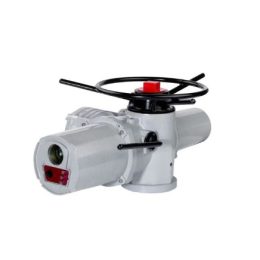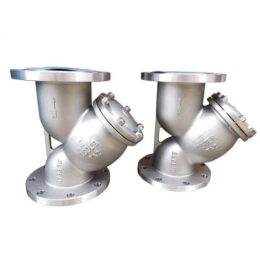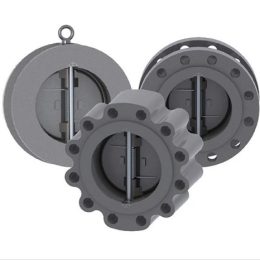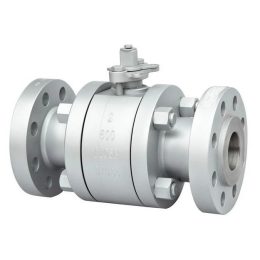How to Check the Performance of the Valve Before Leaving the Factory
Introduction
Valves are used to regulate the flow of fluids through pipelines, and they are made up of several parts. Each part of the valve is made of a specific material, and the selection of these materials is crucial to the valve’s durability and reliability. In this blog post, we will discuss the materials used for each part of the valve.
Valve Body Material
The valve body is the main part of the valve, and it should be made of ductile iron. The grade and actual physical and chemical test data of the cast iron should be indicated. Ductile iron is a type of cast iron that has superior strength and ductility compared to other types of cast iron. It is resistant to corrosion and has excellent machinability.
Stem Material
The valve stem is responsible for opening and closing the valve. Therefore, it should be made of a strong and durable material. Ideally, the stem material should be stainless steel (2CR13), which is corrosion-resistant and has excellent mechanical properties. For large diameter valves, stainless steel embedded stems should be used to increase its strength and durability.
Sealing Surface Material
The sealing surface of the valve is responsible for preventing fluid leakage. The material used for the sealing surface varies depending on the type of valve. For pneumatic valves, the sealing methods and material requirements are different. For ordinary wedge gate valves, the copper ring’s material, fixing method, and grinding method should be explained. Soft sealing gate valves and valve plate lining materials should undergo physical, chemical, and hygienic testing, and their data should be indicated. Butterfly valves should be marked with the sealing surface material on the valve body and the butterfly plate, and their physical and chemical testing data, especially the hygienic requirements, anti-aging performance, and wear resistance of rubber, should be indicated. Usually, nitrile rubber and EPDM are used for rubber, and it is strictly prohibited to mix recycled rubber.
Valve Shaft Packing
The valve shaft packing is responsible for preventing fluid leakage around the valve stem. The packing should be inactive for several years, not aging, and maintain a sealing effect for a long time. It should have good sealing effect when subjected to frequent opening and closing. Therefore, the valve shaft packing shall not be replaced for life or more than ten years. If the packing needs to be replaced, the pneumatic valve design should consider measures that can be replaced under water pressure.
Conclusion
Valve materials are crucial to the valve’s durability and reliability. Each part of the valve should be made of a specific material. The valve body should be made of ductile iron, the stem material should be stainless steel, and the sealing surface material varies depending on the type of valve. The valve shaft packing should not be replaced for life or more than ten years. Valve manufacturers should indicate the materials used for each part of the valve and their corresponding physical, chemical, and hygienic test data.



